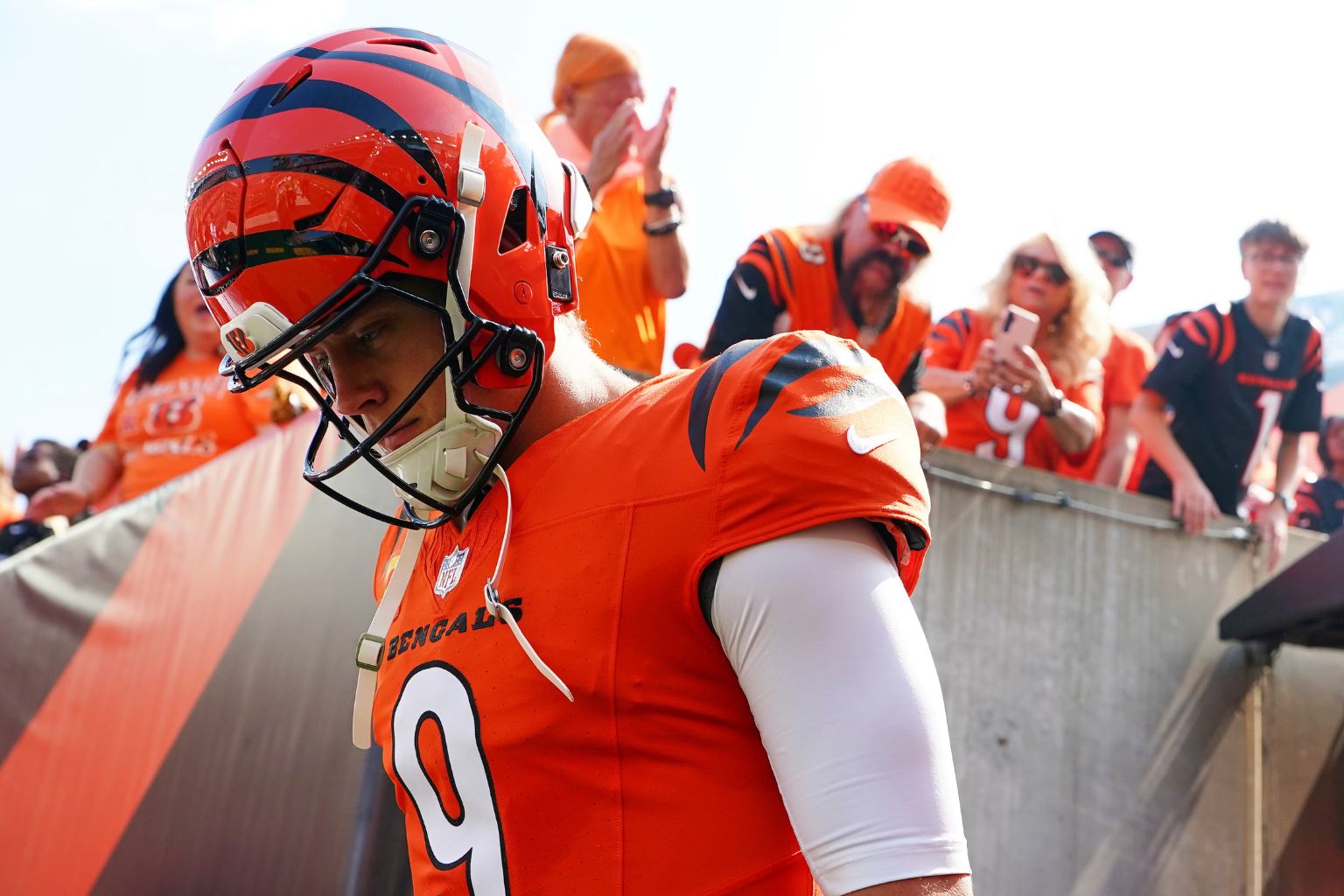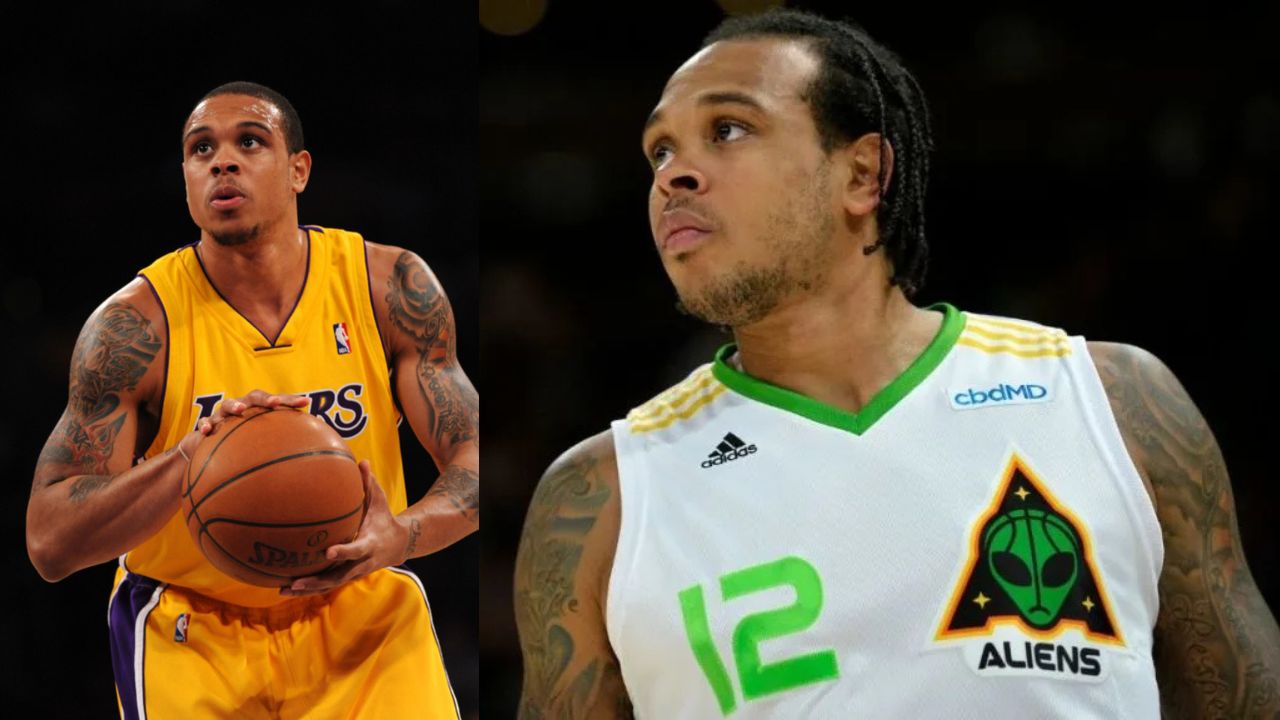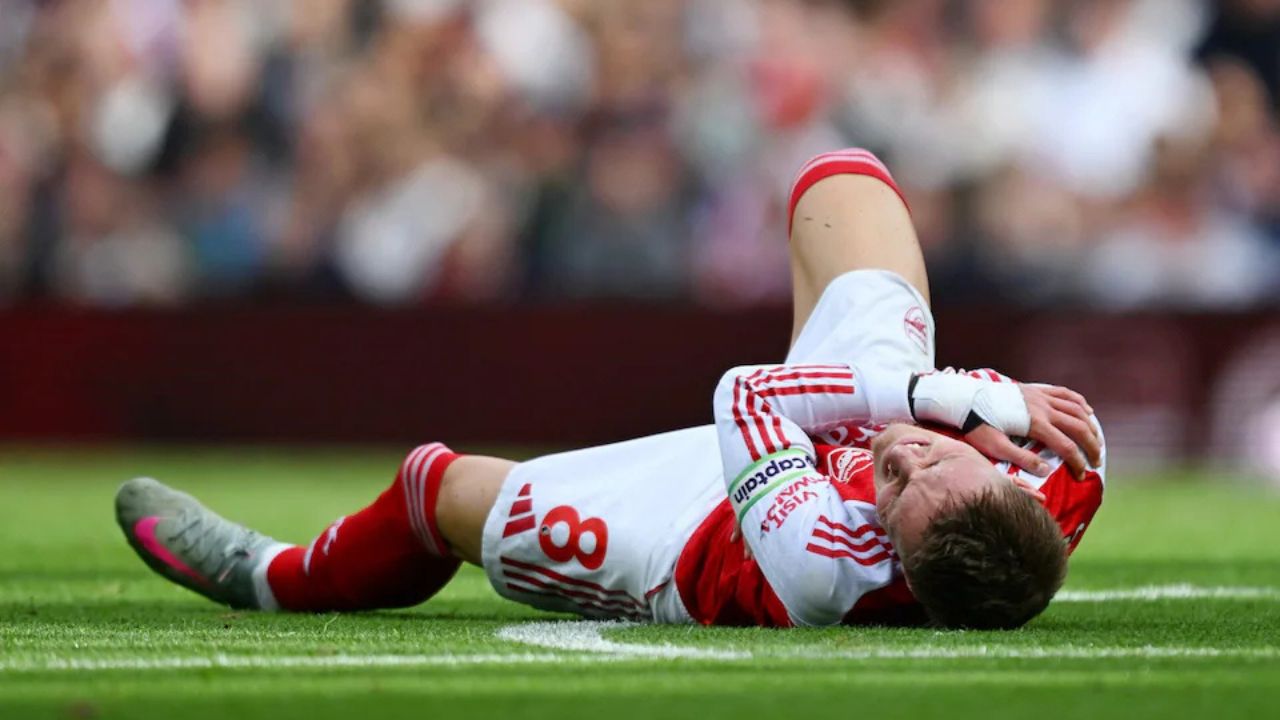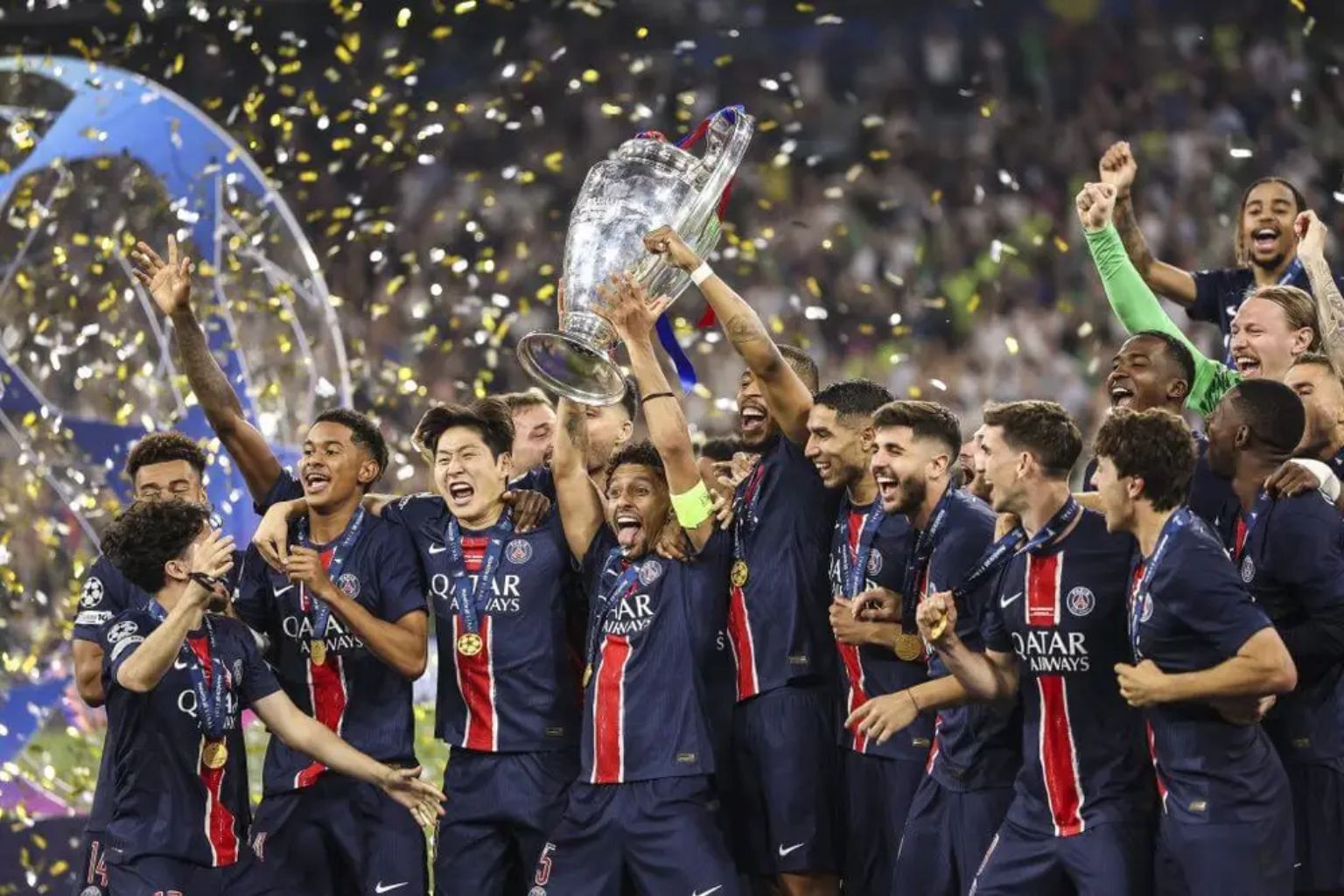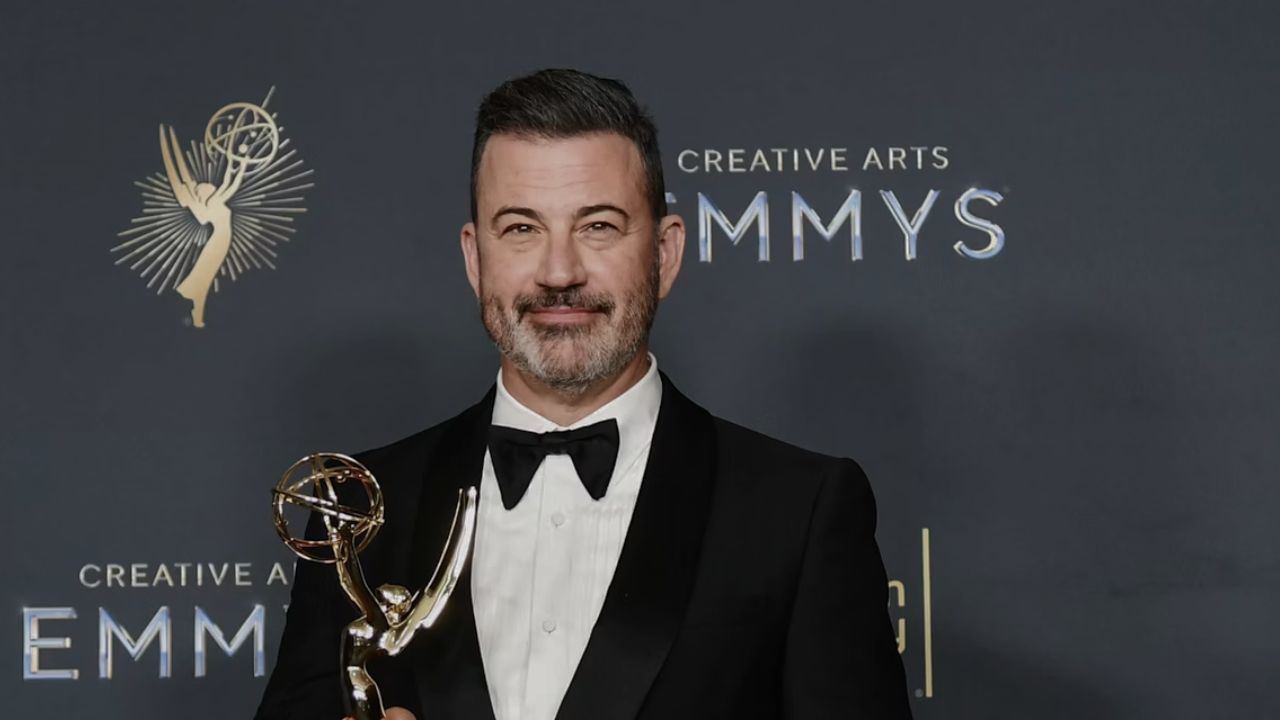The 2025 NFL season is barely underway, and yet it already feels like one of the most chaotic starts in recent memory. On the Cincinnati Bengals defeated the Jacksonville Jaguars 31-27, but the win came at a heavy price. Star quarterback Joe Burrow suffered a turf toe injury that will require surgery and is expected to sideline him for at least three months. For a team that built its offensive identity around Burrow and his dynamic receiving corps, this blow could reshape their entire season.
The Bengals are not the only team struggling. Across the league, other quarterbacks are falling like dominoes. Washington Commanders rookie Jayden Daniels is battling a sprained knee. Minnesota Vikings’ J.J. McCarthy is sidelined with an ankle sprain. Even established quarterbacks like Justin Fields of the Jets and Brock Purdy of the 49ers are dealing with injuries. In a sport where availability often defines success, these early setbacks highlight the importance of depth, protection, and roster construction beyond just star power.
This article will break down what happened to Burrow and the Bengals, how similar mistakes have cost teams in the past, the ripple effects of quarterback injuries across the league, and what these developments could mean for the rest of the 2025 NFL season.
The Bengals’ Fantasy Football Approach – Why It Keeps Backfiring
The Cincinnati Bengals have long been criticized for building their roster as if they were drafting for a fantasy football league. Flashy wide receivers like Ja’Marr Chase and Tee Higgins dominate headlines, while the offensive line—arguably the most crucial unit for a quarterback’s longevity—continues to underperform.
Burrow’s injury was not a freak accident. It was the result of repeated hits, hurries, and sacks allowed by a line that ranks near the bottom of the league in pass protection. Despite investing in Orlando Brown Jr., Amarius Mims, and guards like Dalton Risner, the line has failed to provide consistent protection. Pro Football Focus data shows Burrow has been pressured on over 30% of his dropbacks this season, a staggering rate for any quarterback, let alone one with a history of injuries.
In short, the Bengals have ignored the unglamorous but essential task of building a dominant line. Instead, they’ve bet on Burrow’s pocket awareness and quick release to mask deficiencies. It worked for a while, but as his latest injury proves, this gamble has real consequences.
Joe Burrow’s Injury – A Repeating Cycle of Neglect
Joe Burrow is not just another quarterback. At 28, he is considered one of the best pocket passers since Tom Brady. However, he lacks the out-of-structure mobility of quarterbacks like Patrick Mahomes or Josh Allen. That makes offensive line stability even more critical for his success.
This isn’t the first time Burrow has been hurt due to protection issues:
- 2020 (Rookie Season): Torn ACL, missed remainder of the year.
- 2023: Wrist injury ended his season prematurely.
- 2025: Turf toe requiring surgery.
Each injury has a common thread—insufficient protection. Despite this history, the Bengals have not significantly overhauled their line. And now, with Burrow sidelined for months, the team faces the prospect of relying on backup Jake Browning, who has shown flashes of competence but is far from a reliable starter.
The parallels to Andrew Luck’s career are striking. Luck, another generational quarterback, retired early in 2019 after years of injuries stemming from a lack of protection. If the Bengals do not learn from history, Burrow risks following a similar path.
Quick-Throw Strategy – Effective but Unsustainable
Head coach Zac Taylor has tried to compensate for the offensive line’s weakness by designing a quick-throw system. Burrow led the NFL in quick-release passes (under 2.5 seconds) in 2024, and this trend has continued into 2025. While it reduces immediate sack risk, it also limits the playbook. Deep routes take longer to develop, and defenses can anticipate short throws, reducing offensive explosiveness.
The strategy is essentially putting a band-aid on a gaping wound. The numbers prove it: when Burrow holds the ball longer than 3 seconds, his sack rate skyrockets. When he gets it out quickly, defenses adjust by crowding the middle, leaving the offense predictable.
For a team investing heavily in elite receivers, restricting the playbook to quick slants and screens undermines the very talent they’ve assembled.
The Ripple Effect – Other NFL Quarterback Injuries
Burrow’s injury is part of a broader narrative: the 2025 season is rapidly becoming a test of quarterback durability. Several other teams face uncertainty at the most important position:
- Jayden Daniels (Commanders): The rookie has shown flashes of brilliance but is now nursing a sprained knee. His dual-threat ability makes him electric, but it also exposes him to more hits.
- J.J. McCarthy (Vikings): The rookie quarterback is out with an ankle sprain. For a rebuilding team, losing their franchise prospect early is a massive setback.
- Justin Fields (Jets): Concussion protocol after Week 2 raises doubts about his availability moving forward.
- Brock Purdy (49ers): Toe injury adds to San Francisco’s growing list of problems, which already includes Brandon Aiyuk and George Kittle on the sidelines.
Injuries to quarterbacks ripple far beyond one position. They affect offensive schemes, fan expectations, fantasy football outcomes, and even television ratings. The NFL thrives when its stars are healthy. When multiple quarterbacks go down, the league feels the impact at every level.
Lessons from the Andrew Luck Era
If there’s one case study that should terrify Bengals fans, it’s Andrew Luck. Drafted in 2012, Luck was supposed to dominate the league for over a decade. But constant hits, lacerated organs, and recurring injuries forced him to retire at just 29.
The Colts eventually built a strong offensive line, but by then, it was too late. The toll on Luck’s body and mind had already forced him to walk away. Joe Burrow is entering dangerously similar territory.
The lesson is simple: investing in skill positions without building a wall of protection is a flawed strategy. Teams that fail to protect their franchise quarterbacks risk wasting generational talent.
Can the Bengals Survive Without Burrow?
With Burrow sidelined, the Bengals turn to Jake Browning. While Browning showed flashes in 2023, his performance against Jacksonville was shaky—throwing three interceptions before settling down. Even if he improves, the Bengals’ offensive ceiling drops dramatically without Burrow’s precision and leadership.
Defensively, Cincinnati has its own issues. The team gave up 27 points to Jacksonville, and their secondary has looked vulnerable. Even with Burrow healthy, the Bengals were not a complete team. Without him, they risk sliding to the bottom of the AFC North.
The best-case scenario is staying competitive enough for a playoff push when Burrow returns. The worst-case? Another lost season that forces the front office to confront hard truths about roster construction.
The League-Wide Impact of Injuries
While Bengals fans feel the immediate pain, the larger NFL landscape is also shifting. Injuries to young quarterbacks like Daniels and McCarthy could stall their development. Fields’ concussion raises questions about his long-term durability. Purdy’s injury threatens the 49ers’ Super Bowl hopes.
The NFL has long marketed itself as “next man up,” but the reality is that backup quarterbacks rarely replicate starter production. Fans tune in to watch stars, and when they’re missing, the product suffers. The league must balance player safety initiatives with the physical nature of the sport—a challenge it has grappled with for decades.
Conclusion – A Wake-Up Call for the Bengals and the NFL
Joe Burrow’s surgery is not just a Cincinnati problem. It is a cautionary tale for every NFL franchise: you cannot build a contender on skill players alone. Offensive line investment is not optional; it is essential.
For the Bengals, this season may already feel lost. For the league, the string of quarterback injuries underscores how fragile success can be in football. As stars go down, teams and fans alike are reminded that the NFL is a war of attrition as much as it is a game of strategy.
Whether the Bengals finally learn their lesson—or whether Burrow becomes the next Andrew Luck—remains to be seen. But one thing is certain: the NFL’s “fantasy gamble” approach to roster building comes at a price, and that price is being paid in injuries week after week.
